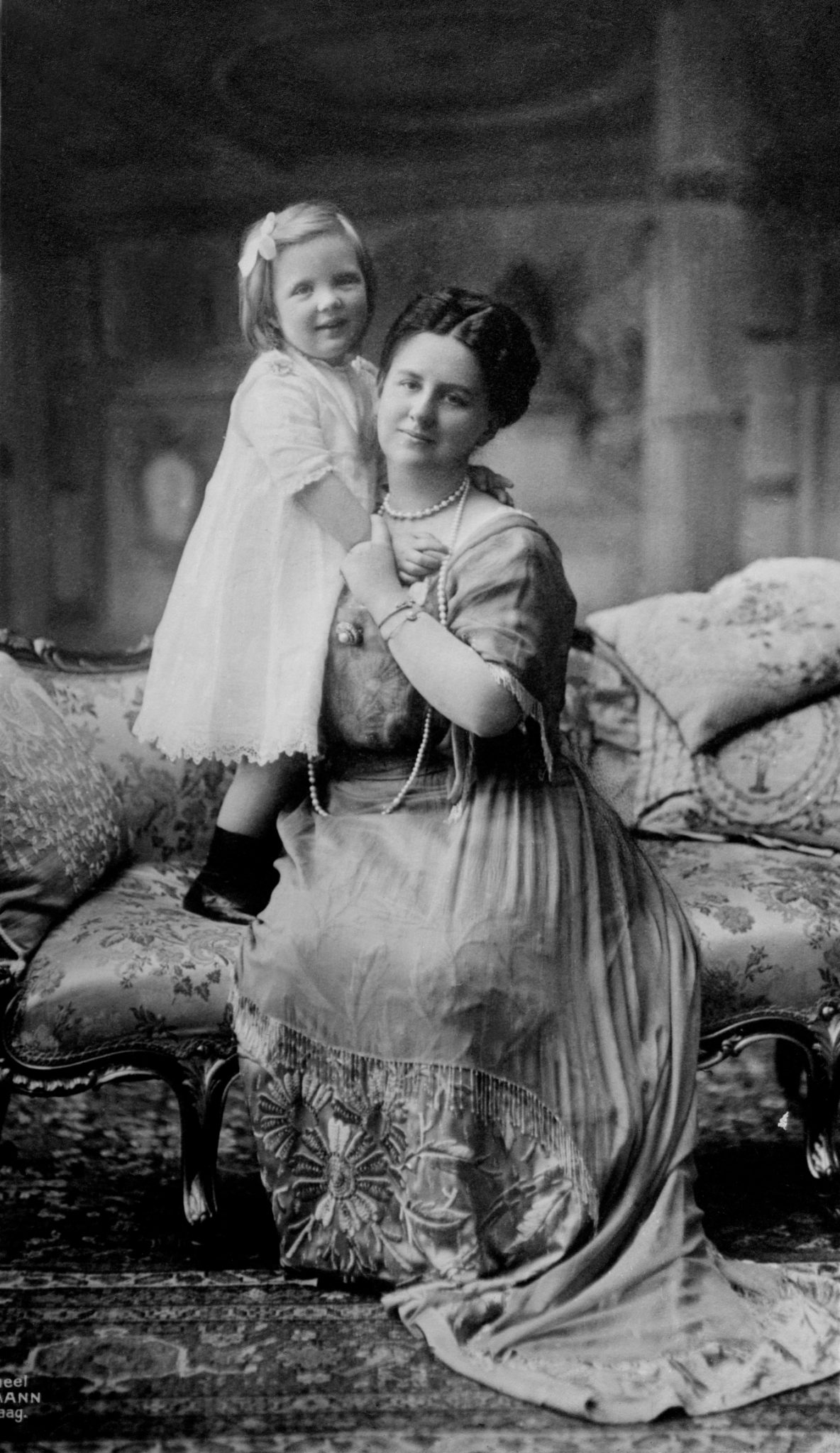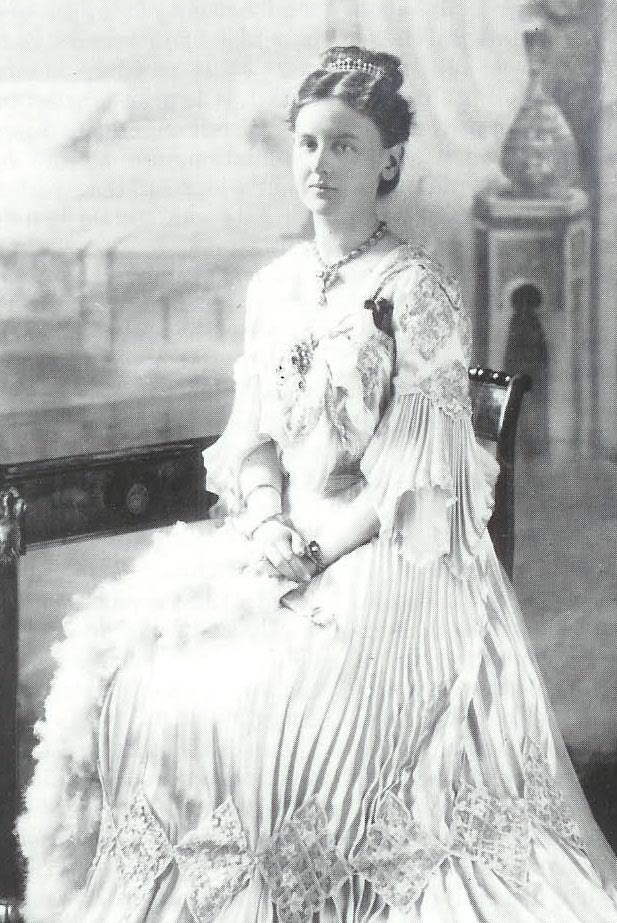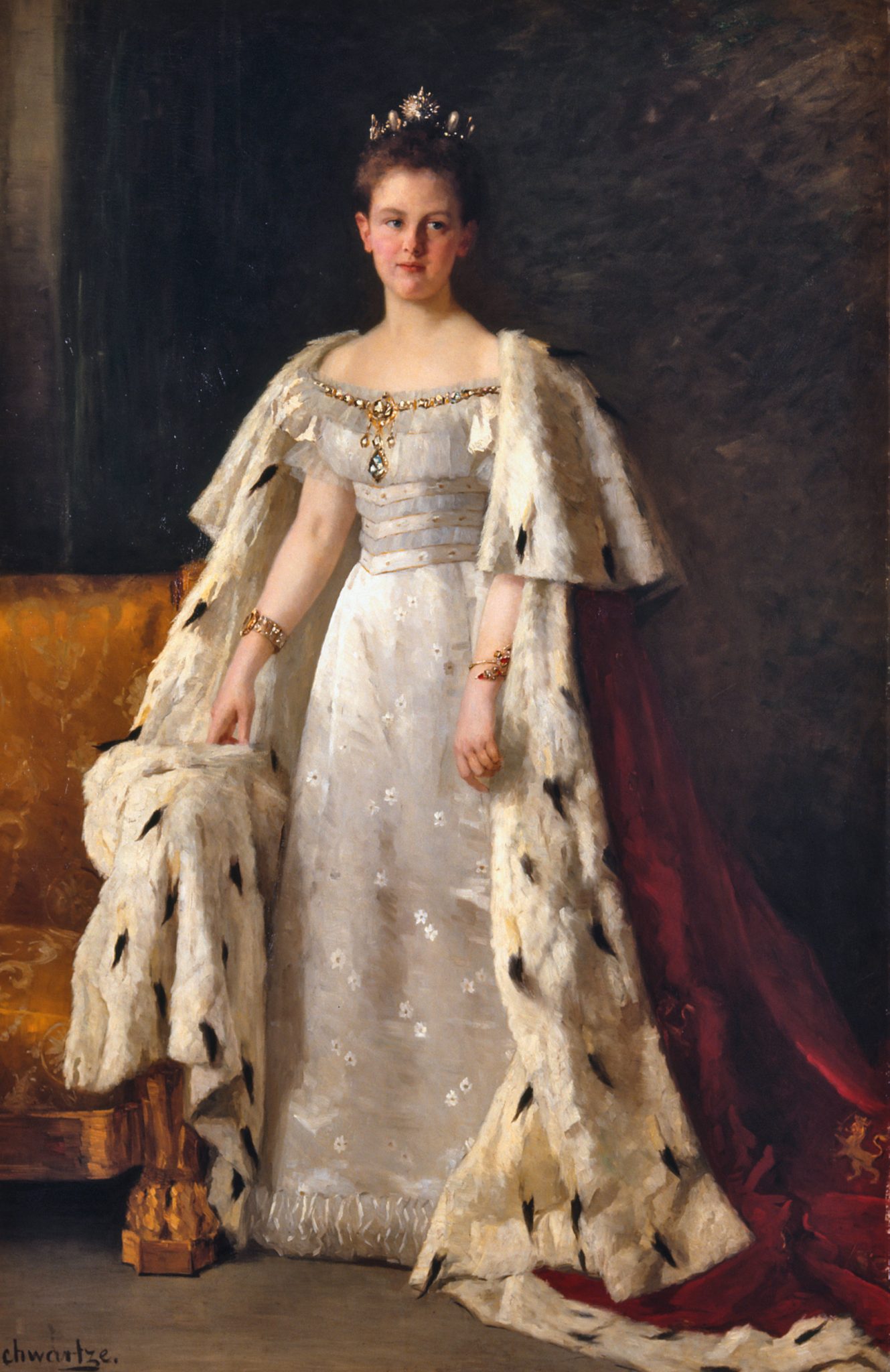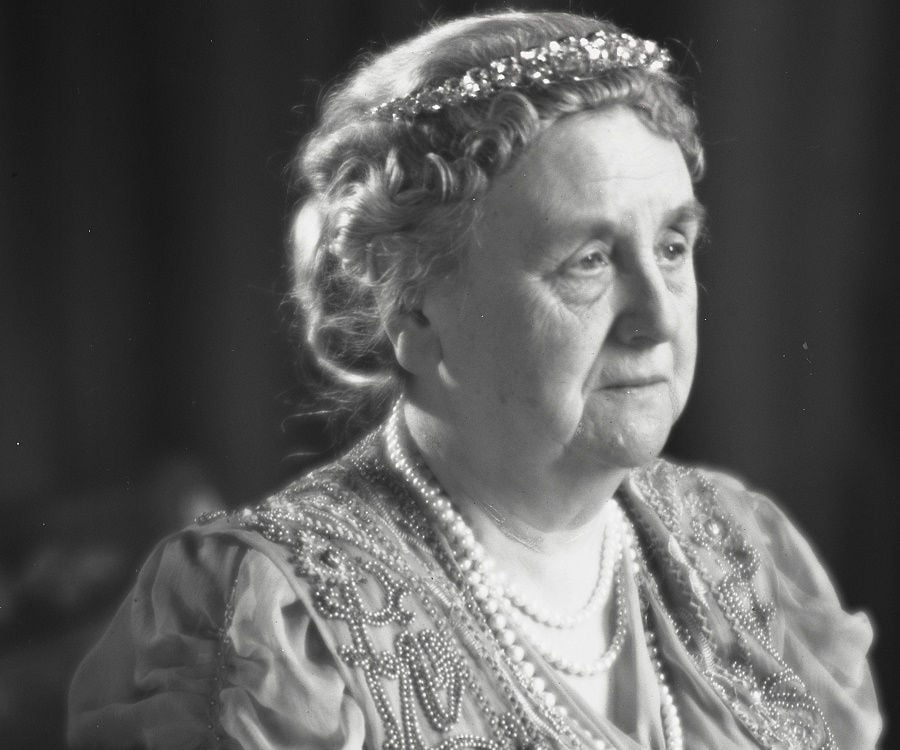
Queens Regnant Juliana of the Netherlands The surviving Child History of Royal Women
Queen Wilhelmina (1880-1962) | Kings and Queens | Royal House of the Netherlands Home Kings and Queens Queen Wilhelmina (1880-1962) When King Willem III died in 1890, his only surviving child was too young to reign. His widow, Queen Emma, acted as regent for her daughter Wilhelmina until 1898 Enlarge image Image: Paleis Het Loo Nationaal Museum

queen Wilhelmina of the Netherlands as a young woman (she became queen at age 10 and was crowned
Queen Wilhelmina of the Netherlands was the longest reigning Dutch monarch who ruled for 58 years from 1890 to 1948. She inherited the throne at the age of 10 following the death of her father, King William III, as the only surviving child. She had a strong personality and was hands-on about her rule.

Wilhelmina Queen wilhelmina, Vintage postcard, Netherlands
The monarchy of the Netherlands is a constitutional monarchy whose role and position are governed by the Constitution of the Netherlands.Roughly a third of the Constitution explains the succession, mechanisms of accession and abdication to the throne, the roles and duties of the monarch, the formalities of communication between the States General of the Netherlands, and the monarch's role in.

Queen Wilhelmina of the Netherlands pictured during World War Two at... News Photo Getty Images
Little Wilhelmina was baptised on 12 October 1880 in The Hague wearing a christening gown that was also worn by the Netherlands' current King Willem-Alexander. She reportedly took her first steps on her first birthday. Her father died on 23 November 1890 and Wilhelmina became the Netherlands' first Queen regnant at the age of 10.

1903 Queen Wilhelmina of the Netherlands Grand Ladies gogm
Queen Wilhelmina and World War I Wilhelmina Wilhelmina, 1909. During the first half of the reign of Queen Wilhelmina (1890-1948), the political situation remained fundamentally unchanged. The major parties came to recognize that the school struggle interfered with the solution of other problems.

Queen Wilhelmina's Wedding Gift Parure The Court Jeweller Queen wilhelmina, Royal tiaras
Wilhelmina ( Dutch pronunciation: [ʋɪlɦɛlˈminaː] ⓘ; Wilhelmina Helena Pauline Maria; 31 August 1880 - 28 November 1962) was Queen of the Netherlands from 1890 until her abdication in 1948.

Vintage Postcard Queen Wilhelmina of The Netherlands Queen wilhelmina, Royal, Netherlands
Wilhelmina (Wilhelmina Helena Pauline Marie of Orange-Nassau) (August 31 1880 - November 28 1962) was queen regnant of the Netherlands from 1890 to 1948. Her mother, Queen Emma, acted as regent until 1898, when Wilhelmina came of age. She reigned as Queen for fifty-eight years, longer than any other Dutch monarch.

Nederland once the site of celebration over Netherlands queen
Queen Wilhelmina (1880-1962), was the daughter of Willem III and Queen Emma. She was ten when her father died - his tenure had done little to enhance the popularity of the monarchy. While she succeeded to the title in 1890, her mother served as regent until she came of age in 1898. Wilhelmina had a keen a sense of decorum.

Madelief A royal outing Queen wilhelmina, Royal, European royalty
Wilhelmina (Wilhelmina Helena Pauline Maria; 31 August 1880 - 28 November 1962) was queen of the Kingdom of the Netherlands 1890 to 1948. Loved by the Dutch people, she was the mother of Queen Juliana and the grandmother of Queen Beatrix. World War II, she went to and spoke to the Dutch people on England. Wilhelmina of the Netherlands.

Queen Wilhelmina of the Netherlands 1938 Stock Photo Alamy
9 November 2018. On 9 November 1918 Kaiser Wilhelm II fled from Germany to the Netherlands. The Dutch government has always claimed that it was caught unawares by this. Based on new source material Beatrice de Graaf, Professor of the History of International Relations, asserts that Queen Wilhelmina played a much more active role in the Kaiser.

Wilhelmina Of The Netherlands Biography Facts, Childhood, Family Life & Achievements
Beatrix Wilhelmina Armgard was born on 31 January 1938 at Soestdijk Palace in Baarn, Netherlands, as the first child of Princess Juliana and Prince Bernhard of Lippe-Biesterfeld. [4] Beatrix was baptised on 12 May 1938 in the Great Church in The Hague. [5]

Queen Wilhelmina, by Thérèse Schwartze History of Royal Women
Wilhelmina (born Aug. 31, 1880, The Hague, Neth.—died Nov. 28, 1962, Het Loo, near Apeldoorn) queen of the Netherlands from 1890 to 1948, who, through her radio broadcasts from London during World War II, made herself the symbol of Dutch resistance to German occupation.

Wilhelmina, Queen of the Kingdom of the Netherlands, around 1900 Stock Photo Alamy
Wilhelmina was Queen of the Netherlands from 1890 until her abdication in 1948. She reigned for nearly 58 years, making her the longest-reigning monarch in Dutch history, as well as the longest-reigning female monarch outside the United Kingdom. Her reign saw World War I, the Dutch economic crisis of 1933 and World War II.

queenwilhelmina Old Holland Classic Colours
Wilhelmine of Prussia (Friederike Luise Wilhelmine; 18 November 1774 - 12 October 1837) was the first Queen consort of the Netherlands as the first wife of King William I of the Netherlands. She had a modest public role but acted as a patron of the arts . Biography Princess Wilhelmine was born in Potsdam.

Pin by Thomas Baker on koningshuis Nederland Queen wilhelmina, Royal family, Victorian dress
Queen Wilhelmina reading a speech for Radio Oranje in 1940 The BBC provided its facilities so that Wilhelmina could broadcast to her people in the German-occupied Netherlands. Seen as a symbol of resistance, she called Hitler "the arch-enemy of mankind". At great risk, many Dutch people tuned in to listen to her late-night broadcasts.

Wilhelmina Of The Netherlands Biography Facts, Childhood, Family Life & Achievements
Queen Wilhelmina flees to England. The Germans advanced ever further. Although the Dutch army still gained small victories, it could not hold its positions. The Cabinet felt that Queen Wilhelmina should flee. Her safety was at stake. Initially, she did not want to go, but she was forced to leave when the situation worsened.